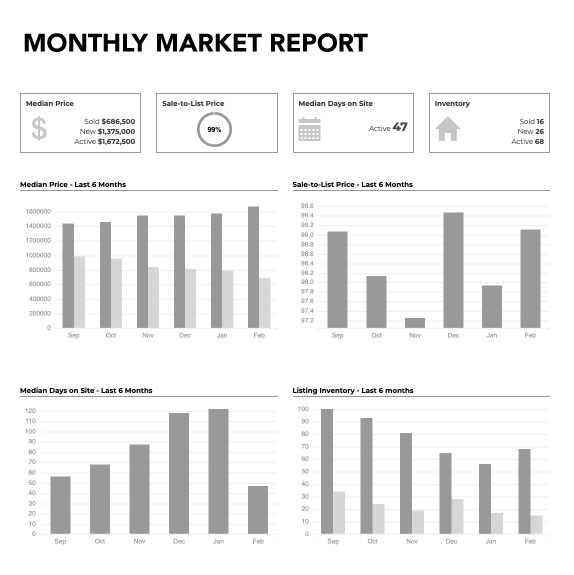
Market absorption offers a snapshot of how “hot” a market is. It’s calculated by dividing the number of homes available in a particular sector of the market by the number that have gone under contract in the last month in that same sector.
For example, if there are 21 properties available in a particular sector of the market and 3 go under contract in the previous month, the market absorption in that sector of the market at that time is expressed as 7 months (sometimes referred to as “7 months’ supply of housing”).
As a rule of thumb, we consider 7 months’ market absorption the dividing line between a seller’s market and a buyer’s market — the lower the number goes below 7, the more the market favors sellers, and the higher the number above 7, the more it favors buyers.
Here’s an example to demonstrate what you already instinctively understand:
In the example above, with 21 available homes, if 7 homes went under contract instead of the 3 in the example, the measure of market absorption would be 3 months — solidly a seller’s market. And that makes sense, because you know if more houses go under contract that’s better for sellers.
If you’d like to know the market absorption figures for a real estate market of interest to you or if you’d like additional objective data to help you make informed real estate decisions, let us know. We’re always looking for opportunities to share our knowledge regarding residential real estate.

